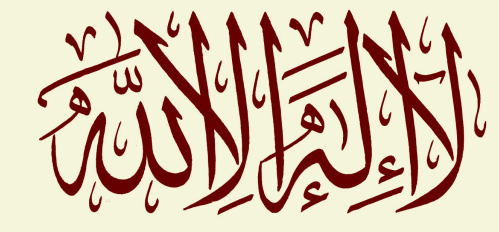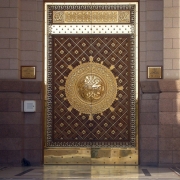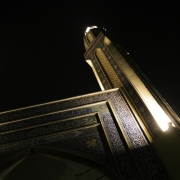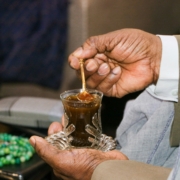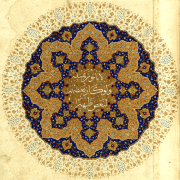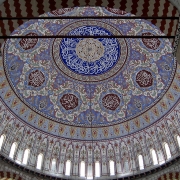Review of House of the Prophet: Muhammad in Islamic Mysticism by Claude Addas, Journal of Islamic and Muslim Studies By Atif Khalil
More than thirty-five years ago, with the publication of Ibn ‘Arabī ou La quête du Soufre Rouge, a revised version of which was introduced to an English audience in 1993 as Quest for the Red Sulphur: the Life of Ibn ‘Arabī, Claude Addas single-handedly transformed the landscape of Akbarian Studies. We now had before us a comprehensive, meticulously documented account of the life of one of the most fascinating, thought-provoking, and influential figures to emerge out of Muslim history. Relying on a broad range of primary and secondary sources, Addas produced what was, and continues to remain, the most thorough biography of the Andalusian thinker ever written. No one who engaged in any serious scholarship on him could thereaſter afford to ignore such a valuable resource
In the present volume, originally published in French in 2015,1 Addas shifts her attention to the veneration of the Prophet in the mystical piety of Islam, or to be more specific, to the reasons behind it in view of his status among Muslims as khayr al-anām (the “best of humankind”) or khayr al-makhlūqīn (the “best of created beings”). In essence, the work examines his meta-historical function in Islam’s economy of being with special attention to questions of soteriology and cosmogenesis, to theories of salvation and origins.
There are two previous studies whose findings, thematically speaking, The House of the Prophet most closely develops. The first, And Muhammad is His Messenger (1985) by Annemarie Schimmel (d. 2003), is an exhaustive survey of the various modes of devotion to the Prophet that have characterized Muslim spirituality from its inception, as embodied and articulated in almost all the major languages of the Islamic world (Schimmel, let it be recalled, was a polyglot)
